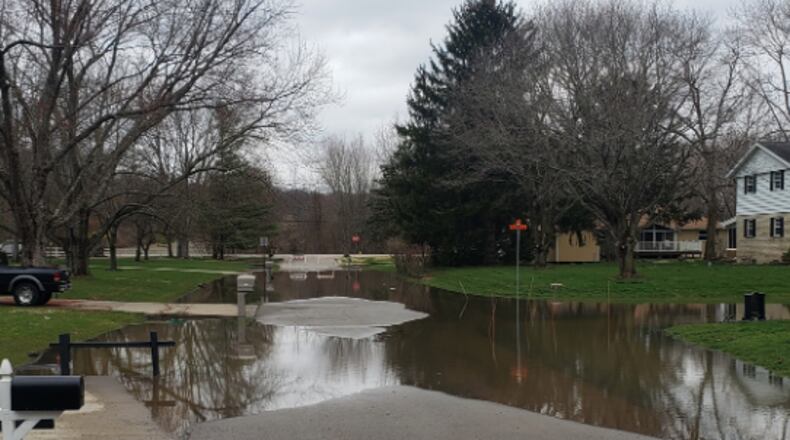The OMA used data reported to the U.S. Treasury by 30 of Ohio’s largest cities to analyze how a combined $234.2 million was spent and $385.7 million was budgeted on 177 projects through March. Those cities are getting a total of $2 billion through the federal ARPA pandemic relief program.
Those cities include Beavercreek, Dayton, Fairfield, Huber Heights, Kettering, Middletown and Springfield.
The report highlights Beavercreek and Kettering for their different approaches to spending ARPA funds.
Beavercreek is using nearly all of the $5 million in ARPA funds it is receiving to chip away at the city’s backlog of infrastructure projects estimated at $200 million.
City officials say this backlog was caused by the city’s rapid growth and lack of a municipal income tax.
Major projects being funded with ARPA include addressing flooding on Willowcrest Road, fixing erosion on Vineland Trail and at the Beavercreek Golf Club, and installing water and sewer lines along McGrath Way.
The OMA study found that infrastructure spending accounts for 20% of the ARPA funds spent or allocated so far.
Kettering committed $1 million of the $13.9 million that city is getting from ARPA for a program to help people purchase homes in Kettering and help current homeowners in the city with home repairs. The program, in partnership with Day Air Credit Union, offers low-interest, forgivable loans to help with closing costs and renovations.
City officials say the program has served 20 first-time homebuyers with an average assistance of $18,670. They have spent $354,729 and have enough funds left for about seven more homebuyers. The home repair portion has helped 18 homeowners with an average assistance of $8,153. That part of the program has spent $130,440 and has enough funds for 40 more projects.
“The goal of this program was to partner with DayAir Credit Union and assist moderate income households attain and sustain home ownership in Kettering,” said city spokeswoman Mary Azbill.
The OMA report found only 3.4% of ARPA funds spent or allocated so far are going toward housing programs.
The largest category of use so far for ARPA funds, comprising 20.8% of the total, is government operations. This mostly includes covering salaries for city employees. The report notes that public safety personnel accounts for an average of two-thirds of city budget in these cities.
After that, the largest piece of the pie was community aid, at 17.7%. That included direct aid to individuals, and payments to groups to support things like arts and culture, food assistance, non-profits, and neighborhood revitalization.
“The federal investments provided by the America Rescue Plan are having extraordinary impacts on our cities,” said Keary McCarthy, Executive Director of the Ohio Mayors Alliance.
“Not only have these funds helped avoid budget cuts to key city services, they’ve allowed our cities to make significant investments in public safety. These funds have also bolstered our economic recovery, provided critical supports to businesses and nonprofits, and they have laid the groundwork for transformational change in many communities.”
Local Ohio Mayors Alliance cities and their American Rescue Plan amounts
Beavercreek: $5,000,920
Dayton: $137,976,174
Fairfield: $4,457,996
Huber Heights: $3,996,672
Kettering: $13,851,520
Middletown: $18,925,154
Springfield: $44,230,364
About the Author



